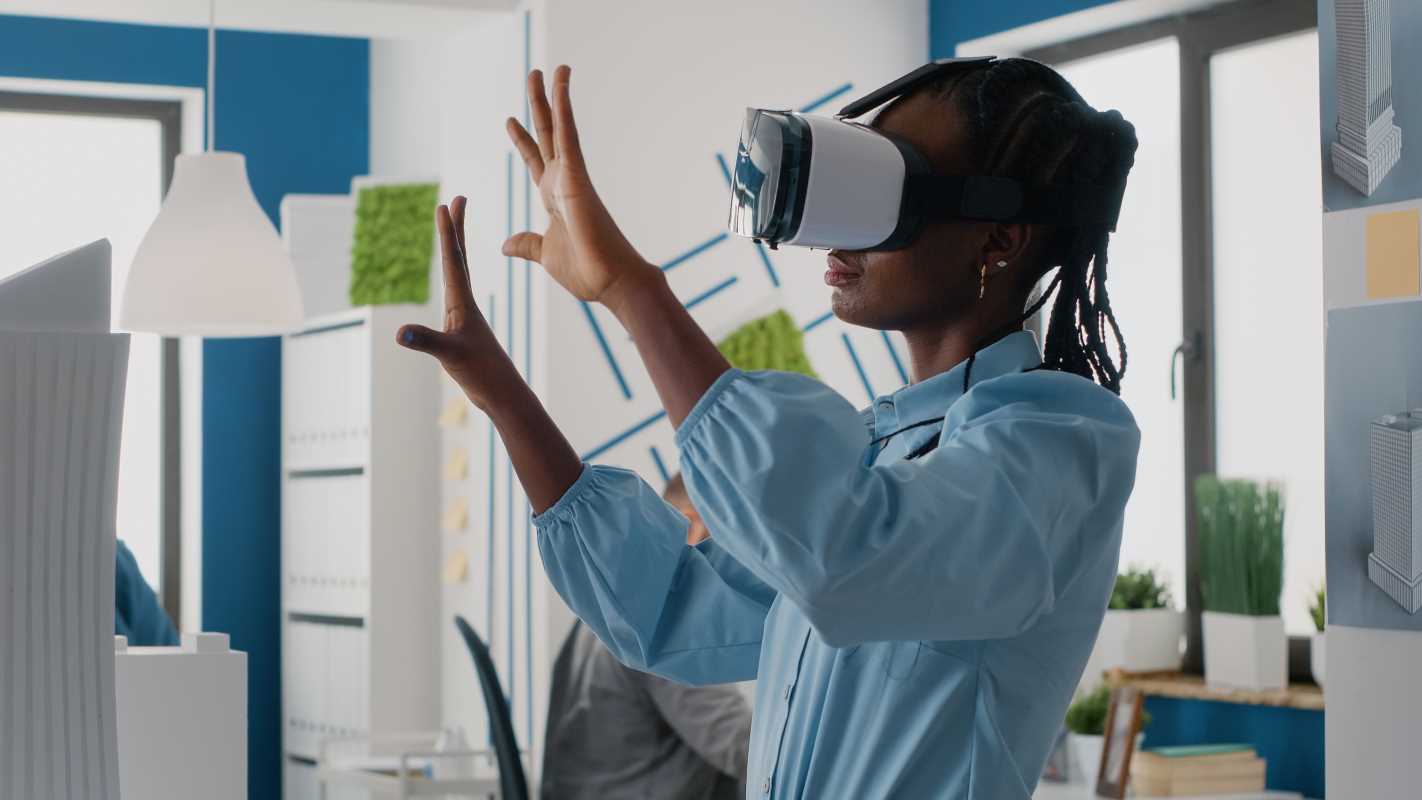Every element in your workspace shapes your ability to focus and accomplish meaningful tasks. Subtle details like surface textures, the quality of light, and the arrangement of items around you can make it easier to shift from distraction to deep concentration. When you set up your environment with care, you support a smoother transition into productive work. The right atmosphere encourages a steady rhythm, helping you stay engaged in creative projects and solve problems more effectively. By paying attention to these design choices, you create a space that consistently supports your best work throughout the day.
Subtle cues in your surroundings speak volumes: a minimalist desk signals that only essential items earn prime real estate, while directional lighting carves out a sanctuary for complex thinking. Moving beyond generic “declutter your desk” advice, consider how sensory triggers and spatial flow steer your focus toward high-impact moments. By sculpting your environment, you unlock doors to deeper engagement and precision in every action.
How Your Setup Influences Your Deep Work
Signals in your environment can push you into a state of productivity without conscious effort. When you enter a zone designed for purpose, your brain responds to the expectations embedded in each design choice. Low-contrast surfaces and soft edges cut down visual noise, helping you slip into that coveted state of uninterrupted concentration.
Adjusting your layout and tactile features signals to your neural circuits that it’s time for intense thinking. Laser focus feels natural; it becomes an instinctive response to environmental cues. Planning sensory and visual landmarks around your workspace helps you build a foundation for regular, deep, and high-quality work sessions.
Five Workspace Tweaks to Maintain Focus
- Ergonomic Desk Chair
- Purpose: Keep your energy up during long sessions by supporting your spine’s natural curve to improve posture and reduce fatigue.
- Steps:
- Adjust height so your elbows rest at a 90° angle.
- Fine-tune the lumbar support pad until your lower back feels supported.
- Tilt the seat pan forward to align your hips.
- Cost/Metric: Around $250–$400 online with free shipping.
- Insider Tip: Loosen the armrest tension by one click to encourage microshifts that ease pressure.
- Task-Specific Docking Station
- Purpose: Make it easier to move between screens or peripherals, reducing setup time and preventing context switching.
- Steps:
- Connect dual monitors via DisplayPort for crisp resolution.
- Attach keyboard and mouse through a USB-C hub.
- Label ports with colored tape matching device icons.
- Cost/Metric: About $120 from office suppliers.
- Insider Tip: Keep a “power bank” port free for quick phone charging without unplugging work devices.
- Neutral Tone Sound Masking
- Purpose: Maintain a steady, low-level sound backdrop to prevent distractions while staying connected to your environment.
- Steps:
- Choose a white-noise machine with adjustable frequency bands.
- Set volume just above ambient chatter but below speech clarity.
- Place the device 2–3 feet away, aimed toward your primary ear.
- Cost/Metric: $50–$80, easily available online.
- Insider Tip: Use timer mode to gradually reduce sound during your last 10 minutes, easing transitions.
- Adjustable Task Lamp
- Purpose: Boost alertness and reduce eye strain with focused lighting that highlights work zones.
- Steps:
- Mount the lamp arm at eye level.
- Angle the beam to eliminate shadows over papers or keyboard.
- Switch between warm and cool LEDs depending on the time of day.
- Cost/Metric: $35–$60; available at lighting or home stores.
- Insider Tip: Use a daylight bulb in the morning and switch to a warmer tone in the late afternoon to match your circadian rhythm.
- Cable Management Frame
- Purpose: Keep cables tidy and out of sight to prevent mental distractions and tripping hazards.
- Steps:
- Route all cords into a clip-on under-desk tray.
- Bundle extra lengths with reusable Velcro ties.
- Label each cord end with a small icon indicating its device.
- Cost/Metric: Under $25, widely available.
- Insider Tip: Color-code ties by device category—red for peripherals, blue for power—to speed up maintenance checks.
Maintain Your Focus Over Time
Build check-in routines with a minimalist dashboard to adjust lighting, temperature, and sound every two hours. Pair structured breaks with digital boundaries—close unused tabs, mute distractions, and schedule notifications—to keep energy high and attention sharp. These small, consistent habits turn focus into a natural byproduct of your environment.







